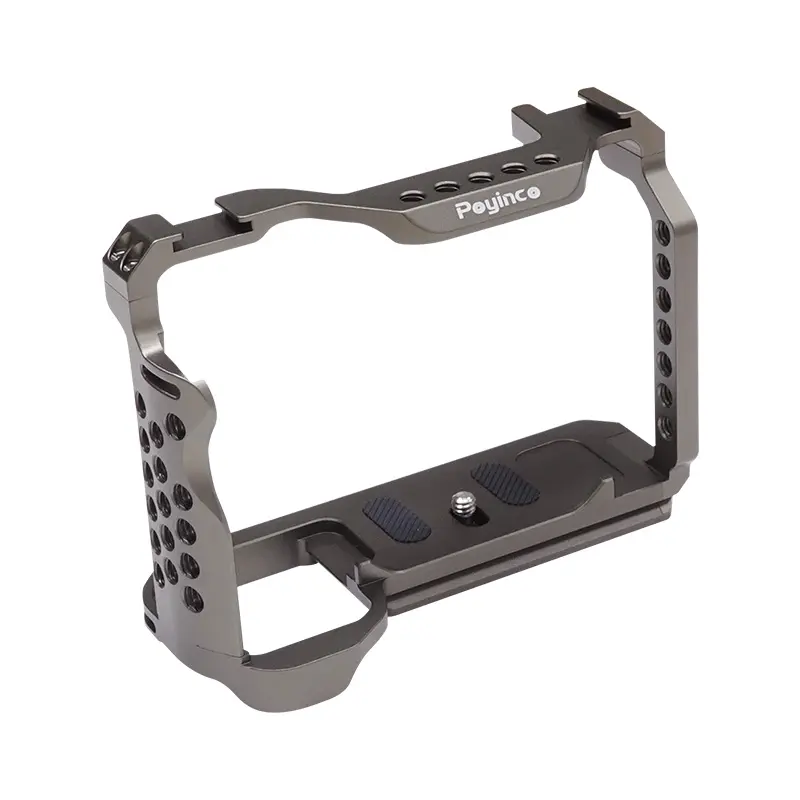

Time:2025-02-26 Views:1

Macro lens adapters are essential accessories for photographers who wish to capture close - up, detailed images. Their performance is evaluated based on several key factors.
Magnification Power
One of the primary performance indicators of a macro lens adapter is its magnification power. These adapters are designed to increase the magnification of a standard lens, allowing for the capture of tiny details. A good macro lens adapter can achieve magnifications ranging from 1:1 to 1:5 or even higher in some advanced models. For example, a 1:1 magnification means that the image projected onto the camera's sensor is the same size as the actual subject. This level of magnification is crucial for photographing small subjects like insects, flowers, or jewelry. Higher magnifications, such as 1:5, enable photographers to capture even more minute details, like the texture of a butterfly's wings or the fine engravings on a coin.
Image Quality
The adapter should not compromise the image quality of the lens it is attached to. It should maintain sharpness, contrast, and color accuracy. High - quality macro lens adapters are made with precision - ground optical elements that minimize aberrations, such as chromatic aberration (color fringing) and spherical aberration (blurred edges). They are designed to ensure that the light passing through the adapter and the lens is evenly distributed, resulting in a clear and detailed image. The adapter's construction also plays a role in image quality. A well - built adapter with a sturdy mount will keep the lens in proper alignment, preventing any misalignment that could lead to image distortion.
Focusing Capability
Macro lens adapters need to provide smooth and precise focusing. They often come with focusing mechanisms that allow photographers to fine - tune the focus on the subject. Some adapters have manual focusing rings, which require the user to rotate the ring to adjust the focus. These manual rings should have a smooth and precise feel, allowing for accurate focusing. Other adapters may offer autofocus compatibility, which is especially useful for quickly capturing moving subjects. However, in some cases, autofocus may not be as accurate as manual focusing in extreme macro photography situations, and photographers may need to rely on manual adjustment for the best results.
Light Transmission
Efficient light transmission is another important aspect of macro lens adapter performance. The adapter should not significantly reduce the amount of light reaching the camera's sensor. A good adapter is made of materials with high light - transmission properties, such as optical - grade glass or high - quality plastics. This ensures that the exposure settings of the camera remain consistent, and the photographer can capture well - lit images even in low - light conditions. If the adapter absorbs or scatters too much light, it can lead to underexposed images or a loss of detail in the shadows.
Read recommendations: